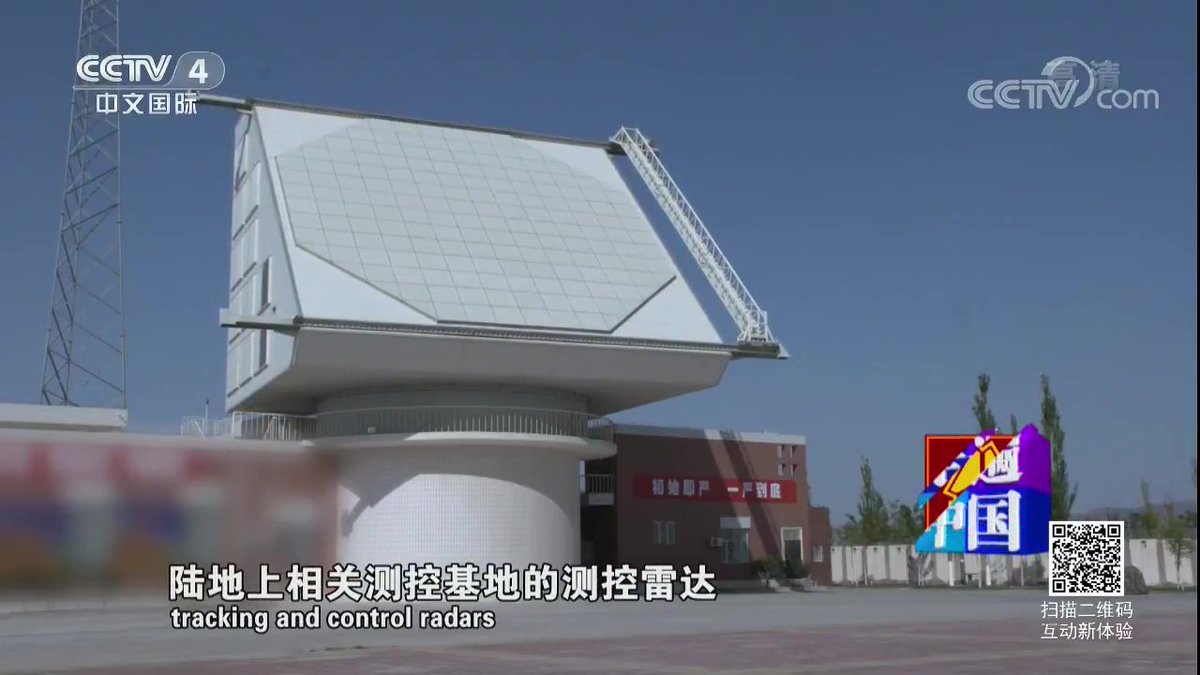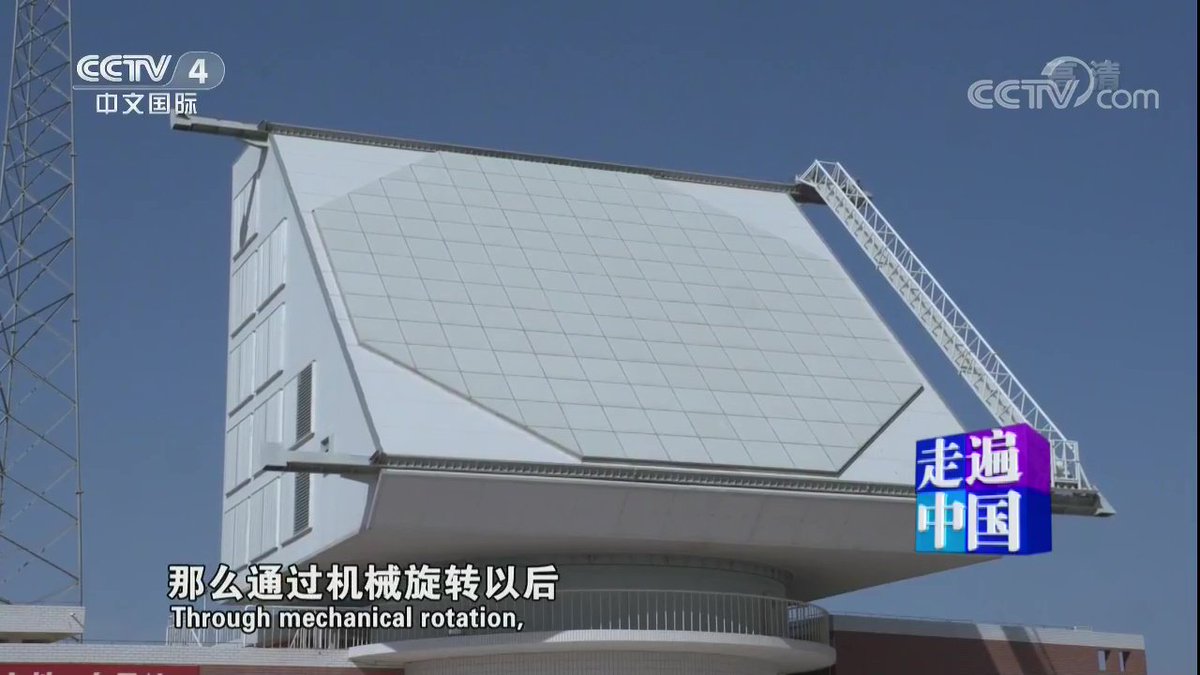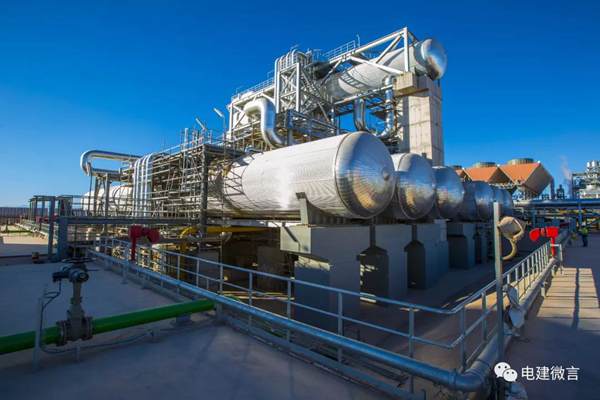Hendrik_2000
Lieutenant General
Scientific Development - Tianjin High-tech Zone: willing to invest into the quantum communication "Blue Ocean"
Shanghai metro will allow QR code payment in the whole subway network from Jan. 20, the metro's operator Shanghai Shentong Metro Group announced Tuesday.
With QR code readers being installed at all the 389 metro stations, passengers can pay their tickets via Alipay or China UnionPay simply by scanning the QR code after downloading a mobile app, the company said.
"QR codes have fundamentally changed people's daily life in China. It's the right time to roll out the new payment method, making riding the Shanghai metro more convenient," said Jin Tao, an executive with Shanghai metro information management center.
Previously, QR code payment has been launched in cities such as Beijing and Hangzhou to allow passengers a quicker entry and exit process.
Jin told Xinhua that unlike traditional online payment, the Shanghai metro has adopted innovative technology that can function without Internet connection, taking only half a second to pass through the turnstile.
To encourage passengers to try the new payment method, the Shanghai metro will offer discounts on fares between Jan. 20 and Feb. 28.
Currently, Shanghai has the world's longest metro network of 666 kilometers. Before spreading the QR payment service to all lines, Shanghai piloted it at two stations on the maglev line last October.
/cdn.vox-cdn.com/uploads/chorus_image/image/58332885/detroit_auto_show_2018_gac_concept_6873.0.jpg)
/cdn.vox-cdn.com/uploads/chorus_asset/file/10038405/detroit_auto_show_2018_gac_concept_6834.jpg)
/cdn.vox-cdn.com/uploads/chorus_asset/file/10038427/detroit_auto_show_2018_gac_concept_6825.jpg)
/cdn.vox-cdn.com/uploads/chorus_asset/file/10038393/detroit_auto_show_2018_gac_concept_6761.jpg)
China Winning Artificial Intelligence War Against U.S.
Nicole Goodkind
,
•January 15, 2018
Chinese artificial intelligence is now capable of outperforming humans in reading comprehension.
A neural network model created by Chinese e-commerce giant Alibaba beat its flesh-and-blood competition on a 100,000-question Stanford University test that's considered the world’s top measure of machine reading. The model, developed by Alibaba’s Institute of Data Science of Technologies, scored 82.44, while humans scored a 82.304.
Related Searches
Microsoft’s artificial intelligence also beat humans, scoring 82.65 on the exam. But its results came in a day after Alibaba’s, meaning China holds the title as first country to create automation that outranks humans in written language comprehension.
Trending:
“It is our great honor to witness the milestone where machines surpass humans in reading comprehension,” said Luo Si, chief scientist for natural language processing at the Alibaba institute. “That means objective questions such as ‘what causes rain’ can now be answered with high accuracy by machines."

GettyImages-585748792
Artificial Intelligence can officially comprehend language better than humans. Getty Images '>Artificial Intelligence can officially comprehend language better than humans.Getty Images
China has made it a national imperative to become the world leader in artificial intelligence by 2030. Earlier this year, the Chinese State Council released their "," encouraging companies like Alibaba, Tencent Holdings and Baidu to work toward developing automation that can read, write and drive cars. Beijing believes that these developments are the key to global economic domination and national security.
Don't miss:
Investors in the United States are also pouring money into robotics and automation. But in terms of investment and governmental support, .
Alibaba’s latest network attempts to recreate natural human language to comprehend both single words and full sentences. Stanford’s exam, based on more than 500-Wikipedia articles, asks the machines to take in a large amount of information then answer precise questions about the details.
The idea is to use these machines for social media and direct advertising. But experts believe such technology can also analyze complex social and political issues, like conflict over limited resources and disagreement over policy. It’s possible, in other words, to imagine a world where politicians from opposing parties use AI to create perfectly negotiated and compromised bills.
Most popular: '>Most popular:
For now, though, the neural network models will be used in a customer-service capacity.
"The technology underneath can be gradually applied to numerous applications such as customer service, museum tutorials and online responses to medical inquiries from patients, decreasing the need for human input in an unprecedented way,” Luo said.
now I read
Shanghai metro to introduce QR code payment on all lines
Xinhua| 2018-01-16 17:36:51

A joint China-Austria team performed an intercontinental videoconference by the "unhackable" quantum-secured real-world communication last year.
Technical details of this tour de force was published in Physical Review Letters on Friday.
Researchers from two countries have performed quantum key distribution between China's quantum-science satellite Micius and ground stations located in Xinglong County near Beijing and Graz near Vienna.
Micius, the world's first quantum satellite, which was launched in August 2016, was designed to test the quantum key distribution -- a technology that is unlike the traditional cryptography and uses single photons in quantum superposition states to guarantee unconditional security between distant parties.
Researcher managed to embed the key in photons and sent ahead of the encrypted message. This method is called quantum key distribution.
The communication is "unhackable" as any attempt to intercept the key would be known immediately both to the sender and the intended recipient. It is because the photons are "superposed."
The superposition states is a fundamental principle of quantum mechanics, stating that, much like waves in classical physics, any two or more quantum states can be added together.
However, previously, the quantum communication distance had been limited to a few hundred kilometers, due to the optical channel losses of fibers or terrestrial free space.
Satellite and space-based link can conveniently connect two remote places on the Earth, with greatly reduced channel loss.
Scientists, led by Pan Jianwei of University of Science and Technology of China, used the satellite as a trusted relay to create a secret key between China and Europe at locations separated up to 7,600 kilometers on the Earth, a step closer towards a global space-based quantum internet, according to the paper.
These keys are then used for intercontinental quantum-secured real-world communication, such as the transmission of images through a one-time-pad technique between China and Austria, and of a video conference with a protocol that refreshed the 128-bit seed keys every second.
The videoconference lasted for 75 minutes with a total data transmission of 2 gigabits, the paper shows.





